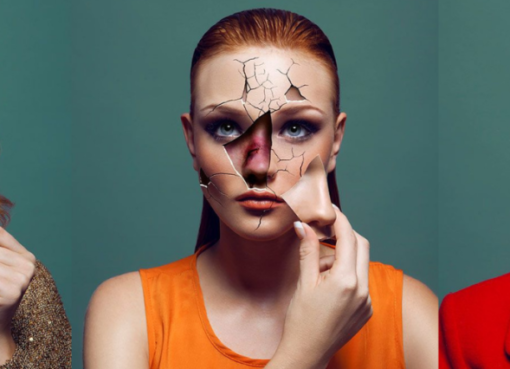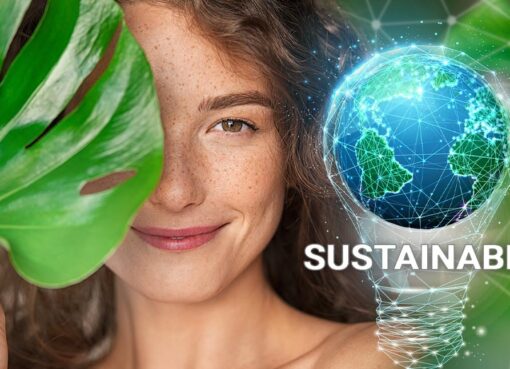Cultural Influences on Beauty Standards, Rituals, and Preferences Around the World

Beauty is a concept as diverse as the world itself, shaped by a tapestry of cultures, traditions, and histories. From the serene elegance of Japanese skincare rituals to the vibrant colors of Indian cosmetics, cultural influences play a profound role in defining beauty standards, rituals, and preferences around the globe. In this exploration, we delve into the rich tapestry of cultural diversity to understand how different societies perceive and celebrate beauty.
1. Beauty Standards
Beauty standards vary widely across cultures, reflecting each society’s unique values and ideals. In Western cultures, for example, the emphasis often lies on youthfulness, symmetry, and clear skin. In contrast, some African cultures celebrate fuller figures as a symbol of health and fertility. Similarly, in South Korea, the “K-beauty” trend has popularized the concept of “glass skin,” characterized by a flawless, luminous complexion.
2. Rituals and Traditions
Beauty rituals are deeply ingrained in cultural traditions, passed down through generations as a form of heritage and identity. In India, the practice of Ayurveda informs skincare routines, with an emphasis on natural ingredients like turmeric, neem, and sandalwood. In Japan, the centuries-old tradition of the geisha involves elaborate skincare rituals, including the use of rice bran and camellia oil to achieve porcelain-like skin.
3. Preferences and Practices
Cultural preferences also influence the types of products and treatments favored by different societies. In the Middle East, for example, henna has been used for centuries to adorn the body in intricate designs, while argan oil is prized for its moisturizing properties. In Brazil, the emphasis on the body beautiful has led to a thriving market for body sculpting treatments and hair removal services.
4. Diversity and Inclusivity
As awareness grows around the world, there is a movement towards embracing diversity and challenging traditional beauty norms. In recent years, the rise of social media has given voice to marginalized communities, promoting greater representation of diverse beauty ideals. Brands are responding by expanding their product ranges to cater to a wider spectrum of skin tones, hair textures, and body types.
5. Globalization and Hybridization
In today’s interconnected world, cultural influences are increasingly blending and evolving, giving rise to new beauty trends and hybridized practices. The popularity of Korean skincare routines, for example, has transcended borders, inspiring skincare enthusiasts worldwide to adopt multi-step regimens and innovative products. Similarly, the fusion of Eastern and Western beauty philosophies has led to the emergence of holistic wellness concepts that prioritize inner and outer beauty.
6. Challenges and Controversies
While cultural diversity enriches the beauty landscape, it also raises important questions about cultural appropriation and respect for indigenous knowledge. The commodification of traditional practices and ingredients can sometimes lead to exploitation and misrepresentation, highlighting the need for ethical sourcing and cultural sensitivity in the beauty industry.
In conclusion, beauty is a reflection of the rich tapestry of human experience, shaped by the traditions, values, and aspirations of diverse cultures around the world. By embracing and celebrating cultural diversity, we can cultivate a more inclusive and harmonious vision of beauty that honors the unique beauty of every individual and community. As we continue to explore and appreciate the myriad expressions of beauty across cultures, we enrich our understanding of what it means to be truly beautiful.


